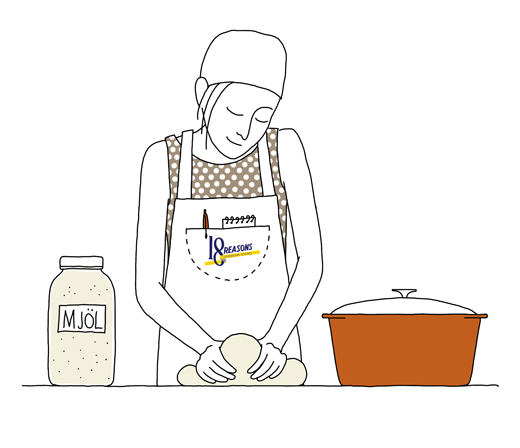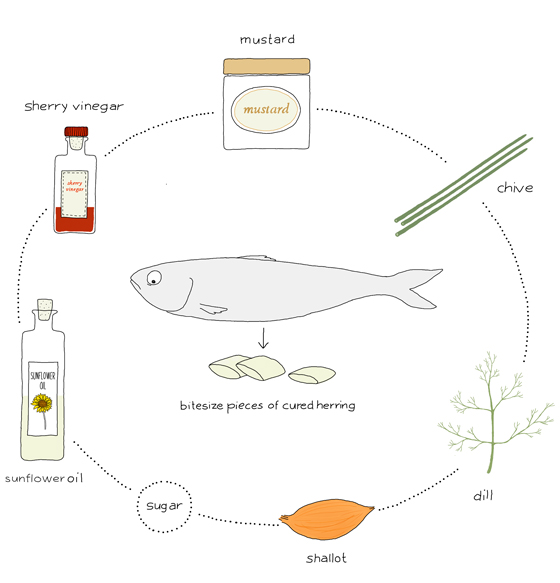
Big news! I will be in San Francisco for some book events (and some hiking, eating, and drinking) between March 10 to March 16, 2019. I will be doing a book signing with special treats at Kantine, special Fika & Smörgåsbord classes at 18 Reasons, and an author’s talk at Omnivore Books on Food. If you are in the Bay area and would like to learn more about Nordic treats or just say hi, please sign up or come by to any of my scheduled book events and classes listed below. I’m super thrilled and would like to meet you all. A special thanks to my dear friend and awesome writer Larissa Zimberoff who invited me down to San Francisco in the first place! And thanks to all the lovely people at Ten Speed Press (my publisher) for your constant support.

*
Sunday March 10
Special Fika & Smörgås event
at Kantine, San Francisco
btw 3pm to 5pm
The Kantine kitchen will create
Scandinavian dishes inspired by my books!
Come by for a bite and a chat.
I will be there with signed books.
Address: 1906 Market Street, SF
*
Monday March 11
Flavors of Sweden: Cinnamon Buns, Three Ways
hands-on baking & cooking class at
18 Reasons – San Francisco btw 6:00pm to 9:00pm
more info & tickets –> SOLD OUT
*
Tuesday March 12
Author’s Talk
at Omnivore Books, San Francisco
Talk & book signing
btw 6.30pm to 7.30pm
Its a FREE so come by and hear
me talk about Smörgåsbord,
Nordic breads & Fika.
If you are in the San Francisco area,
I hope to meet you there. Its FREE!
Address: 3885a Cesar Chavez Street
more info –> here
*
Wednesday March 13
Flavors of Sweden: Smörgås & Fika
hands-on baking & cooking class at
18 Reasons in San Francisco
btw 6:00pm to 9:30pm
more info & tickets –> HERE

*
If you don’t have any of my books yet, you can easily
get them in almost any online bookstore around the worlds!
Fika – The Art of Swedish Coffee Breaks
Smörgåsbord – The Art of Swedish Breads and Savory Treats




